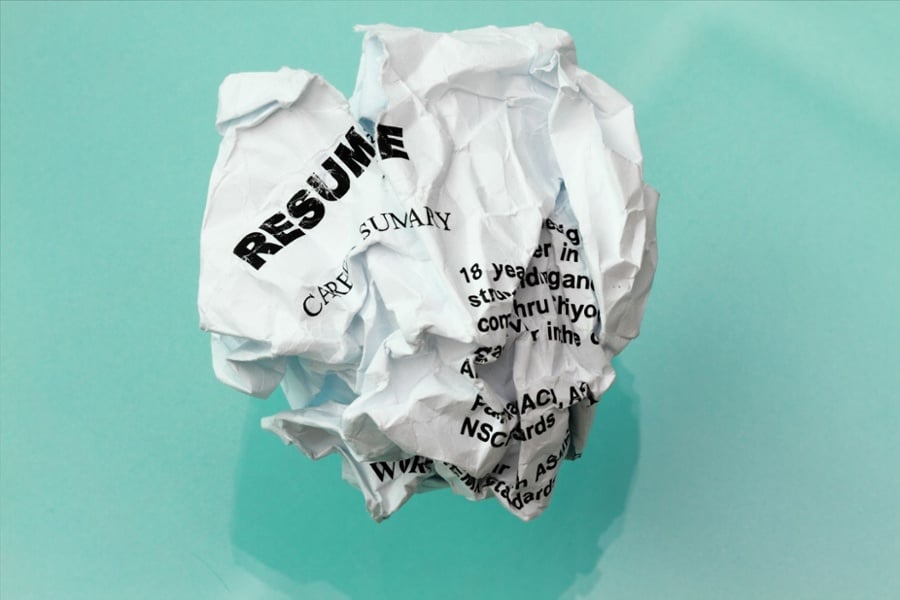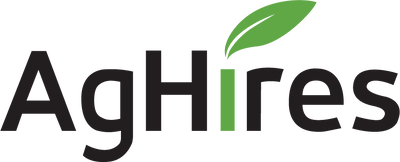
Food production, agricultural, and horticultural job seekers often face stiff competition. Statistics show that your resume needs to capture the attention of potential ag employers within seven seconds. That’s not much time, so a resume revamp before applying for a new ag position may mean the difference between getting the job and ending up in the rejected pile.
Revamping your resume can take significant time and effort, but you’ll likely increase your chances of landing your dream agriculture job. Use these tips to guide you.
Why Should You Do a Resume Revamp?
In today’s job market, agriculture recruiters may receive hundreds of resumes for a single open position. You need to make sure yours stands out and garners notice.
Your employment history, achievements, summary, and skills change over time. Job duties and requirements change as well. As these areas evolve, updating your resume is a good idea. Ag employers want to see your current status, not what you did five years ago.
What Should You Include in Your Resume?
Your resume describes more than just your skills and experience. It demonstrates your professionalism and attention to detail. It also highlights your communication, organization, and decision-making skills. Understanding what hiring managers look for is a crucial part of revamping your resume.
The information contained in your resume should be unique to you. However, every resume should feature several sections:
- Heading
- Contact Information
- Professional Summary
- Employment History
- Education
- Competencies, skills, and qualities
- Certifications, awards, and other additional personal information
There are also several things that you should never include in a resume:
- Irrelevant, vague, or obsolete career or personal information
- Factual, spelling, or grammatical errors
- Your age
- Negative comments
12 Resume Revamp Tips
Think like a hiring manager or prospective agricultural employer reading your resume. Does what they see clearly qualify you for their open position? Is your document attractive, neat, and easy to read? If not, it’s time to edit your resume.
You may be able to make minor modifications, or you might need to create a new resume from scratch. Either way, the information on your resume’s single page is all ag recruiters know about you. Make it count.
1. Strategize
Most resumes should fit on a single page, so you have to prioritize the information you include. Use concise but descriptive words and phrases in your headings and content.
2. Select an Appropriate Format, Layout, Font, and Balance
Your resume should be visually appealing. Multiple resume templates and writing services are available to job seekers, but these are the basic formatting principles to always keep in mind:
- Choose a legible font that’s 10 points or larger
- Set even margins
- Use sections and bullet lists to break up blocks of text
- Balance white space
- Ensure that any colors are legible with black-and-white printing
Take a step back and look at your resume as a whole without reading the words. Is the page crowded? Does it have large gaps? Continue to adjust until the whole document looks appealing and professional.
3. Update Information
One of the main reasons for a resume revamp is to update the information it contains. Add new positions, accomplishments, and skills. Reword or delete information that is outdated or irrelevant to the job you’re applying for.
4. Include Industry-Specific Keywords
Using the right keywords makes your resume stand out, especially when some agribusinesses may use applicant tracking systems to scan resumes. Look for keywords specific to the industry and the job you’re applying for. Browsing online listings for ag positions and paying attention to the job duties and requirements is a great way to find appropriate keywords.
5. Use Action Words and Specific Details
When you use action words in your resume, you’re saying that you accomplished something. Don’t just say that you were responsible for a work crew. Instead, say that you managed a 10-member work crew for five years.
6. Be Consistent
Consistency is a crucial factor in making your resume look professional. Be consistent with the following:
- Line spacing
- Formatting
- Heading style
- Justification
Consistency makes reading and finding details easier.
7. Keep It Simple
You don’t have to use fancy fonts, big words, or graphics on your resume. A legible format and precise verbiage let ag recruiters focus on your skills and qualifications. If they must hunt for the pertinent information, they may pass your resume by for another.
8. Highlight Your Achievements
When working on your resume revamp, be sure to include your achievements. Potential employers like to see that you benefit your company, especially when you list achievements with measurable results, for instance, “Increased sales by 37% in one year.”
9. Proofread
Spelling, grammar, punctuation, and content errors in a resume can damage your chance of getting a job, even if you’re well-qualified for the position. Any errors on this document indicate that you are not thorough and do not pay attention to details.
10. Re-Save as a New Version
The metadata for your resume will show the last modification date. Show employers that you’re serious by saving a version of your resume often.
11. Tweak for Specific Positions
Job descriptions vary, and you may be applying for several positions. Always keep an original copy of your resume, but tailor a minor resume revamp to reflect the specific job you’re trying to get. Modifications might include:
- The heading
- Your summary
- The order you list your skills
- Alternate verbiage
Check out this video to learn more on how to tailor your resume for specific roles:
12. Include a Cover Letter
Although not all applications require a cover letter, most hiring managers expect to see one. A study showed that a well-written cover letter influences 83% of hiring managers to grant interviews and when making hiring decisions.
When wording your cover letter, mention the specific position you’re applying for, the company name, and briefly describe why you’re the perfect candidate. Do not be informal but aim for a conversational tone.
Have You Completed Your Resume Revamp?
In conclusion, revamping your resume can be a game-changer in landing your ideal job in the agriculture industry. AgHires is an exceptional resource to start with, as it provides you with various career tips and a platform to upload your resume. Whether you're searching for a job as a farmhand, agronomist, or even a soil scientist, you can find your ideal job at AgHires.com. By utilizing the website, you increase your chances of being found by our expert agriculture recruiters, and also of finding the job of your dreams. So, if you're interested in kick-starting or advancing your career in the agriculture industry, don't hesitate to check out AgHires.com and join our vast agriculture network.






